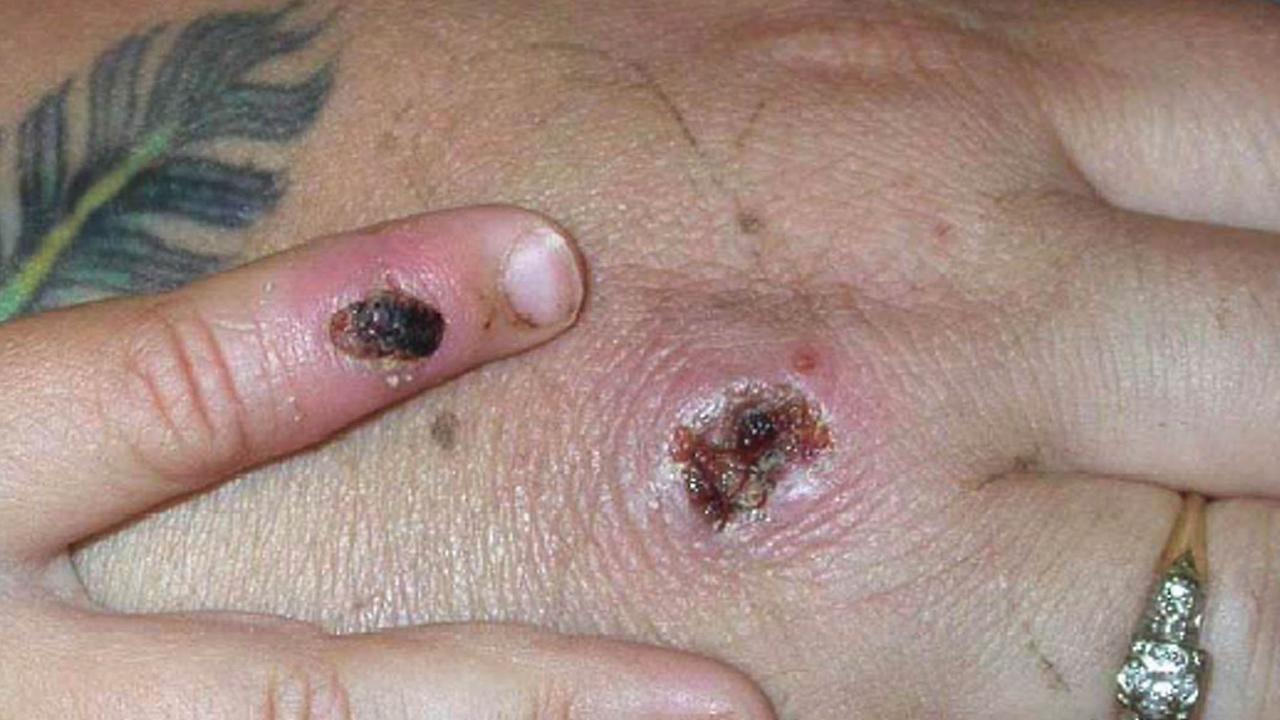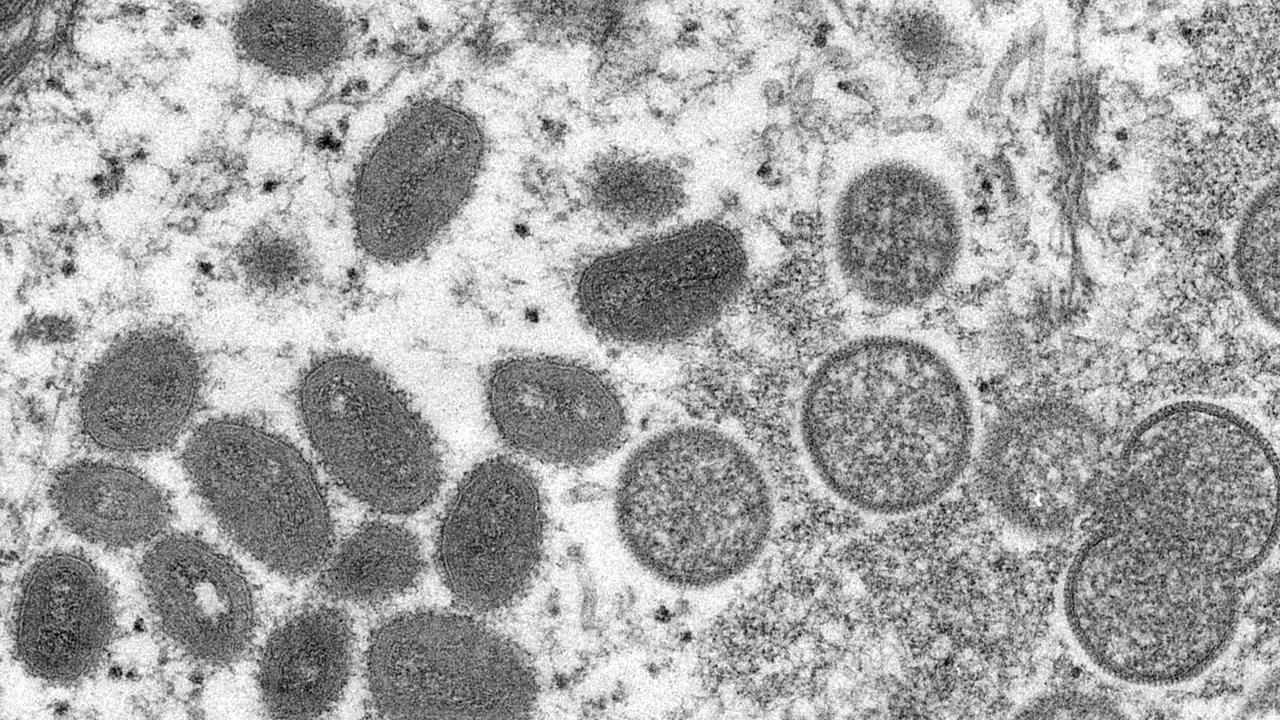Third consecutive day of new monkeypox cases in NSW
NSW Health has identified a fourth and fifth monkeypox case, making it the third consecutive day of new cases.

A fourth monkeypox case has been identified in NSW, and a fifth case is expected to be confirmed soon.
The two men are in their 30s and recently travelled together in Europe, NSW Health said on Saturday.
They developed mild illnesses several days after arriving back in Sydney and went to the doctor with symptoms “clinically compatible with monkeypox”.
Urgent test results have confirmed one of the men has monkeypox and the other man is likely to be confirmed as a fifth case.
It is the third consecutive day that NSW Health has announced a new monkeypox case, and there was also a case in Victoria.

The men are in isolation at home and the department is undertaking contact tracing, but believes there are no high-risk contacts in NSW.
The cases are not connected to the previous three cases in the state – which were also not connected to each other.
The first case, a man in his 40s, was identified two weeks ago on May 20.
The other cases were all identified this week.
The second case, a man in his 50s, was identified on Thursday, June 2, after returning from Queensland.
The third case, a man in his 50s, was identified on Friday, June 3.
“Monkeypox does not present a transmission risk to the general community, and has until recently not been an infection most clinicians in NSW would have been looking for or concerned about in their patients,” NSW chief health officer Dr Chant said in a statement about the third case.
“However, a local GP has once again identified the signs of this virus, and we thank them, and their colleagues, for staying up to date with the latest clinical information to provide care to their patients.”


Two cases have also been detected in Victoria. The first case, a man in his 30s who was hospitalised, was announced the same day as Sydney’s first case on May 20.
The second, a man in his 30s, was identified on June 3.
Both cases are unrelated.
Monkeypox is a viral zoonotic disease (a virus transmitted to humans from animals) and is usually associated with travel to Central and West Africa.
But since last month there have been cases reported in multiple countries where the viral infection is not usually seen, and in cases that have not recently travelled to Africa.
Monkeypox does not spread via casual contact with another person.
However, it spreads from one person to another through prolonged close contact (by inhaling infected droplets), or direct contact with infected bodily fluids, lesions or scabs on the skin. It can also spread via contaminated objects, such as bedding and clothes.
The disease may be passed on by direct contact during sex and a large proportion of the cases detected overseas have been among men who have sex with men.
What is monkeypox like?
Early symptoms usually begin seven to 14 days after exposure (but can between five and 21 days) and include fever, headache, muscle aches, backache, swollen lymph nodes, chills and exhaustion.
Within one to three days after the appearance of fever, but sometimes longer, the patient will develop a rash.
It often begins as sores in the mouth and on the face, then spreads to other parts of the body.
According to the World Health Organisation, it affects the face in 95 per cent of cases, and the palms of the hands and soles of the feet in 75 per cent of cases.
NSW Health said a notable symptom of this current international outbreak is that a rash may first appear on the genital area.
Lesions start as a flat red rash that develop into pustules, which crust and fall off.
The illness usually lasts two to four weeks.





